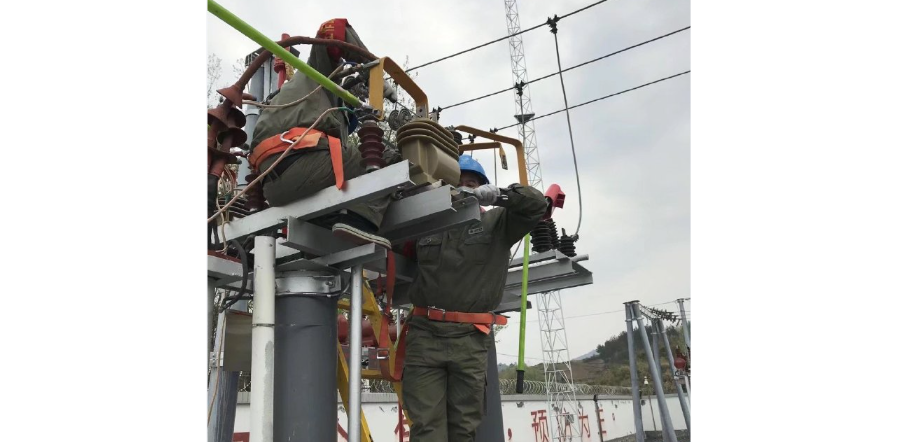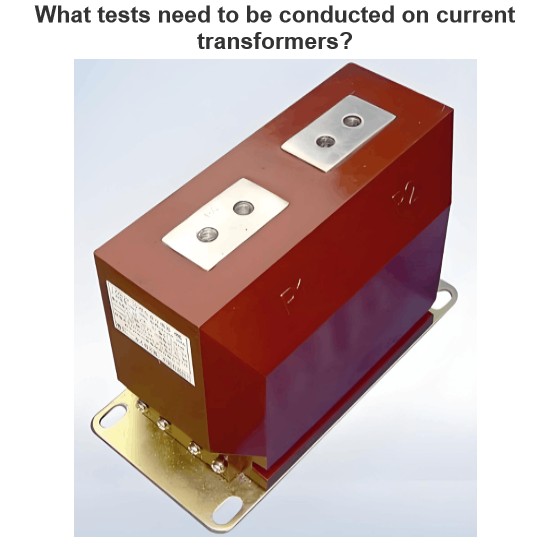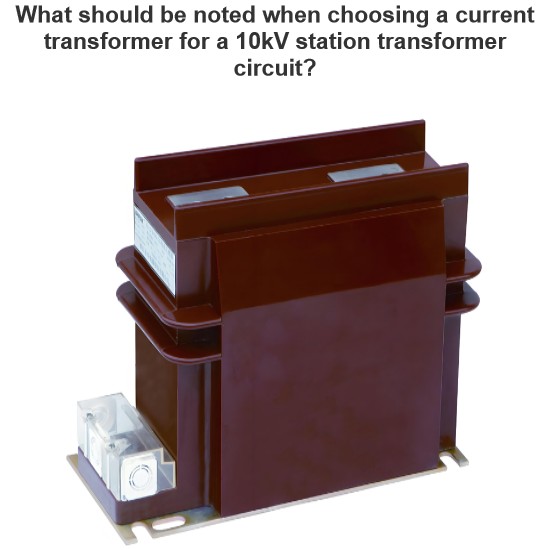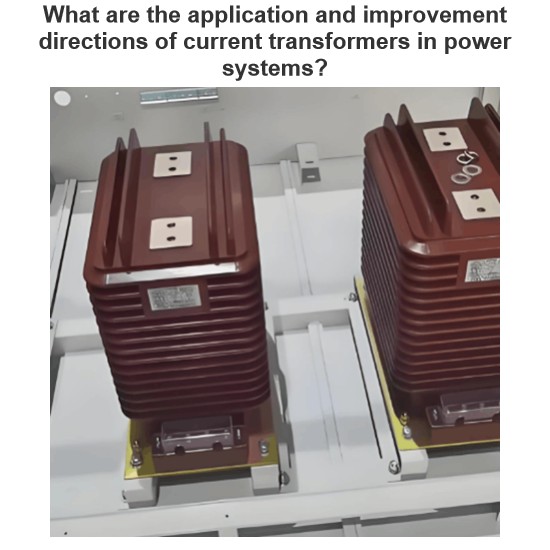Why Does the Secondary Insulation of Outdoor Current Transformers Drop?
I'm Felix, a 15-Year Veteran in the CT Industry, Sharing What You Need to Watch Out For
Hi everyone, I'm Felix, and I've been working with current transformers (CTs) for over 15 years. Today, let’s talk about why the secondary insulation of outdoor CTs sometimes drops, and what you can do to prevent it.
Common Causes:
1. Moisture Ingress — Poor Sealing is the Biggest Problem!
Outdoor CTs are constantly exposed to wind and rain. If the sealing isn't tight enough, moisture can get inside and seriously damage insulation performance.
In coastal areas or humid environments, this problem gets worse — salt mist and dampness can cause mold, corrosion, or even short circuits.
Example: I once found water droplets inside a CT during a site inspection. It turned out the sealing ring had aged and allowed rainwater to slowly seep in.
2. Dust Buildup — Dirt Can Conduct Electricity Too!
Dust, salt particles, and other pollutants can stick to the surface or internal terminals of the CT. When combined with humidity, they form conductive paths that reduce insulation resistance.
Regular cleaning is key — especially in heavily polluted areas. Don’t wait until there’s a problem to wipe things down.

3. Material Aging — Everything Gets Old Eventually
No material lasts forever, especially when exposed to the elements.
UV exposure, extreme temperatures, and chemical corrosion all speed up aging. Over time, materials like silicone rubber or epoxy resin may crack, harden, or lose their insulating properties.
How to check for aging:
- Look for cracks, discoloration, or brittleness.
- Monitor if insulation values drop year after year.
- Track historical test data for sudden changes.
4. Improper Installation — Problems Start Right After Setup
If installation is rushed or done carelessly, problems will follow.
Examples include:
- Poor grounding;
- Loose wiring;
- Installing in places prone to water accumulation;
- Forgetting or improperly installing waterproof seals.
These issues might not show up immediately, but over time they lead to contact failure, moisture ingress, or partial discharge — all bad news for insulation.
Real-life example: Once, I found unstable insulation readings due to a poorly installed waterproof seal. The technician had just loosely wrapped it instead of pressing it properly — which let rainwater in and caused an insulation breakdown.
5. Lack of Maintenance — Ignoring Care Is Like Slow Self-Damage
Many sites install CTs and forget them until something breaks. But like a car, CTs need regular maintenance.
This includes:
- Cleaning terminals;
- Checking seals;
- Measuring insulation;
- Replacing worn parts.
Ignoring these basic steps means small issues become big ones — and fixing them later costs more.
How to Detect and Prevent These Issues?
Here are some practical tips:
- Measure insulation resistance regularly:Use a 2500V megohmmeter to check secondary-to-ground and primary-to-secondary insulation. Most manufacturers recommend values above 1000 MΩ.
- Check the appearance:Look for cracks, rust, deformation, or signs of moisture. Any of these could signal deeper issues.
- Improve environmental protection:In high-humidity or salty environments, consider adding space heaters or using CTs with higher IP ratings.
- Schedule regular maintenance and cleaning:At least once a year, inspect and clean your CTs — replace old seals, tighten connections, and update worn components.
As someone with 15 years of experience in the CT industry, here's my takeaway:
“Insulation problems in outdoor CTs don’t happen suddenly — they build up over time.”
With proper installation, regular checks, and good maintenance habits, most issues can be caught early and avoided altogether.
If you're dealing with insulation drops, unusual data, or unsure how to proceed, feel free to reach out. I’m happy to share more real-world experiences and solutions.
May every CT run safely and reliably, protecting the power grid with precision!
— Felix
Hey there! I'm an electrical engineer specializing in Failure and Maintenance. I've dedicated my career to ensuring the seamless operation of electrical systems. I excel at diagnosing complex electrical failures, from malfunctioning industrial motors to glitchy power distribution networks. Using state - of - the - art diagnostic tools and my in - depth knowledge, I pinpoint issues quickly. On this platform, I'm eager to share my insights, exchange ideas, and collaborate with fellow experts. Let's work together to enhance the reliability of electrical setups.













